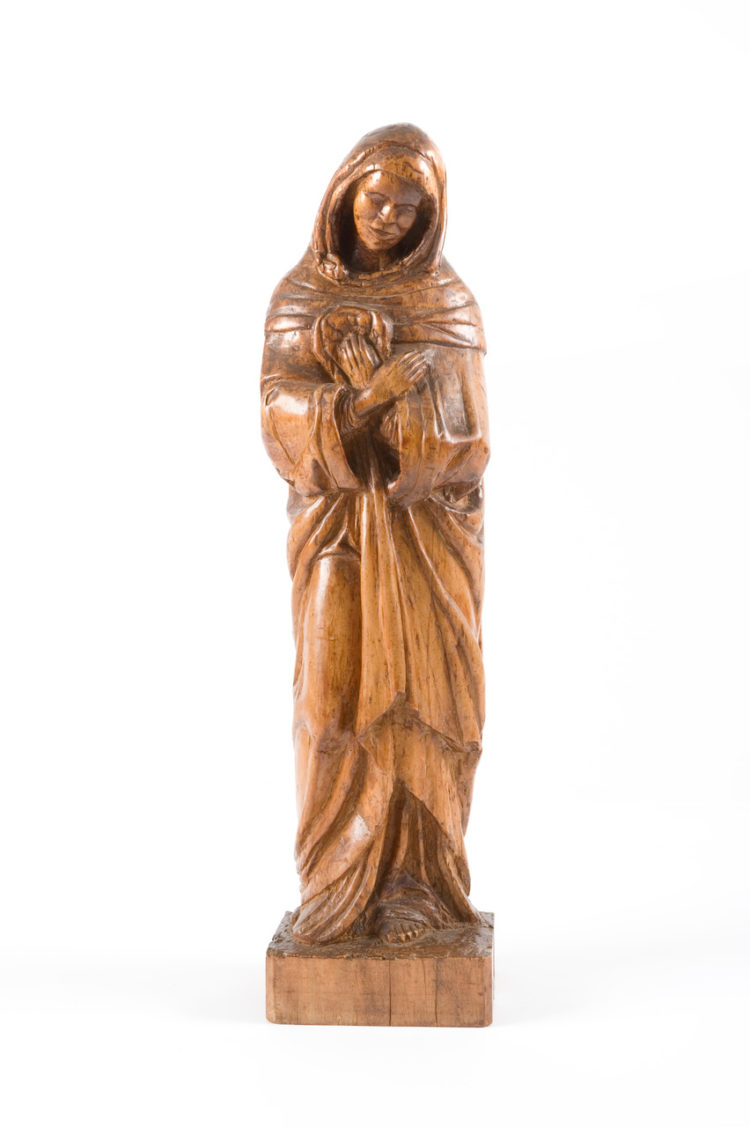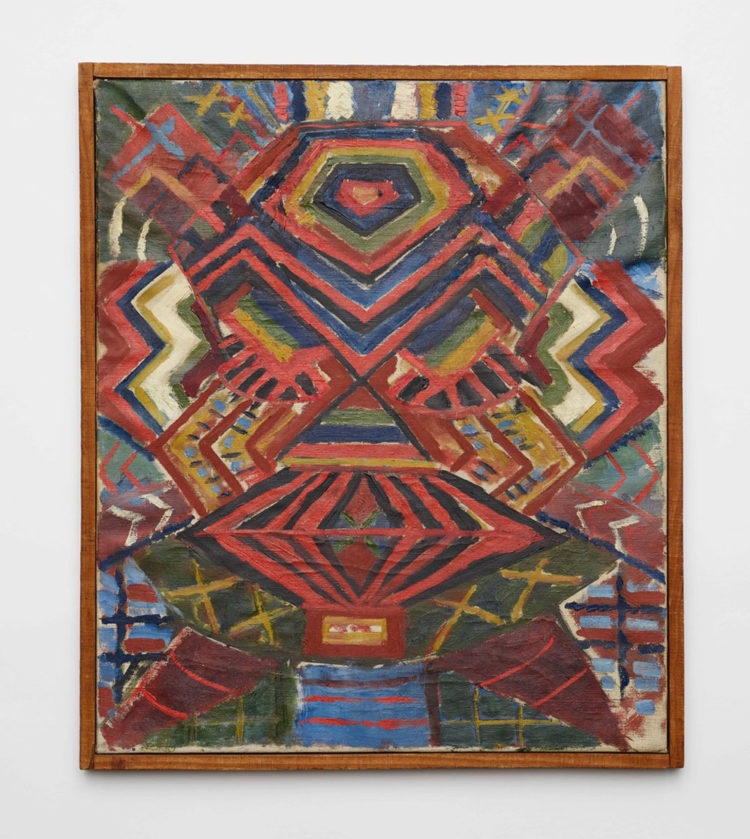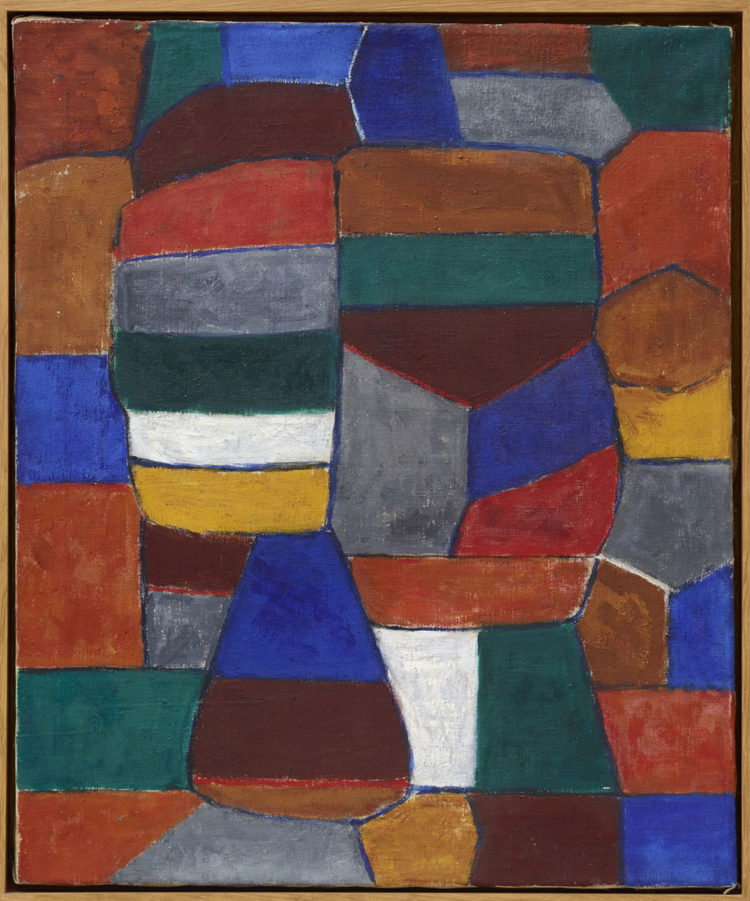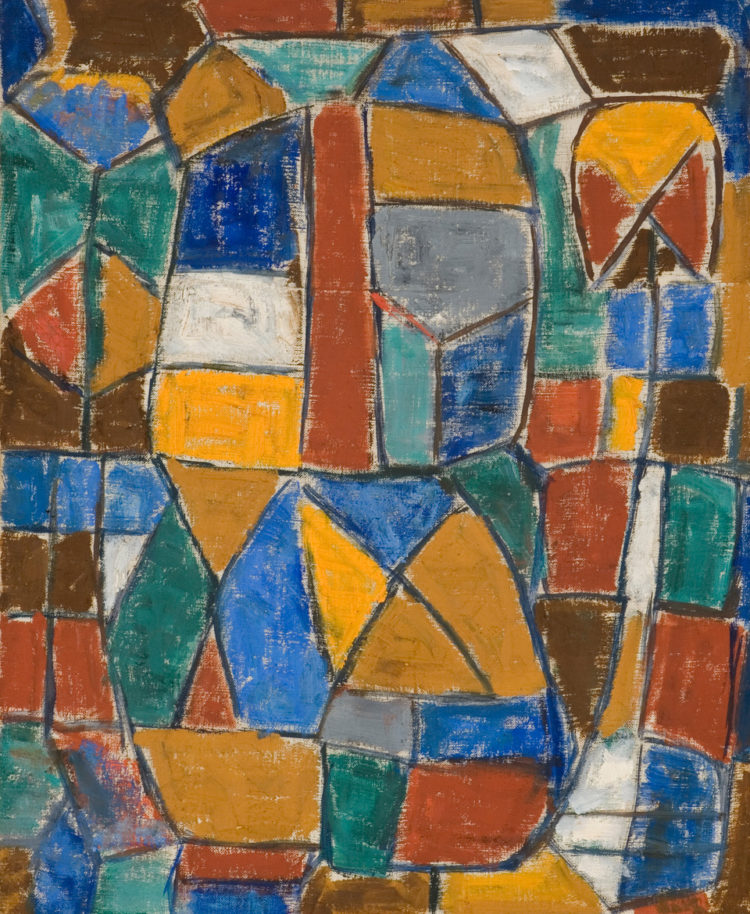It’s been a wonderful summer for art. As we get ready for fall, here is one of two must-see shows you must catch before they close. This first article is dedicated to Ernest Mancoba at the Centre Pompidou in Paris. Curated by Alicia Knock, a rising star at the museum, it is a fitting tribute to the influential South African artist who spent many years living in Paris. We spoke to Alicia on the eve of the opening.
Why do you think Ernest Mancoba’s work is worthy of a major retrospective at the Pompidou Center?
Ernest Mancoba lived to be a hundred years old and spent 60 years in exile in Europe, 55 years of which were in France. It is only a very late tribute to honor him at last at the Centre Pompidou today. It is the first retrospective he ever got in a big European museum, and his first exhibition in France more than 15 years after his death. It also is the first retrospective of an African-born artist at the Pompidou which is indeed historical. The show therefore makes space at last for a major career that has remained absent from previous exhibitions on these issues (“Magiciens de la Terre,” “Africa Remix”) and materializes the contribution of a highly debated landmark figure in the discourses around global modernism.
Ernest Mancoba’s isolated life is both a testimony of an epic journey throughout the upheavals of the century (apartheid in South Africa, German camps in France during WWII..) and the unveiling of a solitary and uncompromising path towards reconciliation : between races, between Africa and the West, between his Christian, African and Marxist backgrounds, between the figurative and the abstract in his works. The show tries to uncover this major trajectory which remained invisible (he was part of the CoBrA movement at the end of the 1940’s with his Danish wife Sonja Ferlov but was called the ‘black dot’ of Cobra and long remained in almost total isolation in France) until his rediscovery at the beginning of the 2000s thanks to the dedication of influential curators like Hans-Ulrich Obrist, Simon Njami and Okwui Enwezor.
The exhibition enables a political and spiritual experience to honor Mancoba’s artistic, political and spiritual quest. He who was nicknamed ‘Stereo’ at the black University of Fort Hare (“he who fights against stereotypes”) and spent his life speaking up among the oppressed for “the colonial apartheid to be pushed aside”. He who was “Ngungunyana”, the ‘bird of the spirit’ who only painted or carved ‘when a spirit called on him’ and dedicated his life to the quest for the ‘Invisible’.
With his wife Sonja, they considered the artist a ‘feeler’, a shaman, the only one able to guarantee the survival of the community. It is urgent to hear at long last Mancoba’s input in the divided world we live in, he who was already aware of the moral crisis rising in the West after the war. He always stressed the social and spiritual responsibility of the artist and the importance of including Africa in Western and global thinking: “In Africa art for art’s sake does not exist. Art must have a social meaning or does not exist at all”. A visionary and long muted statement, but more needed than ever.




